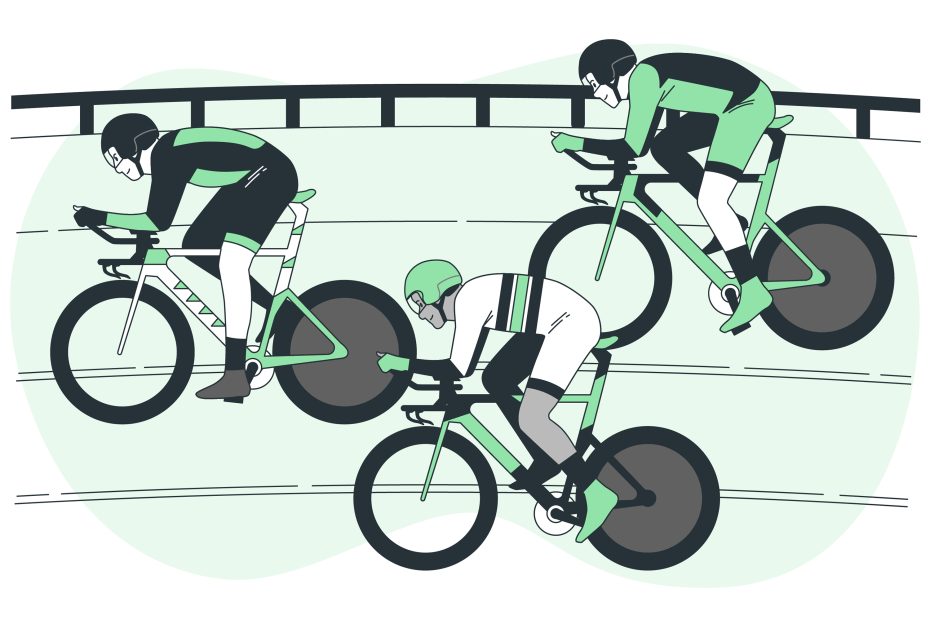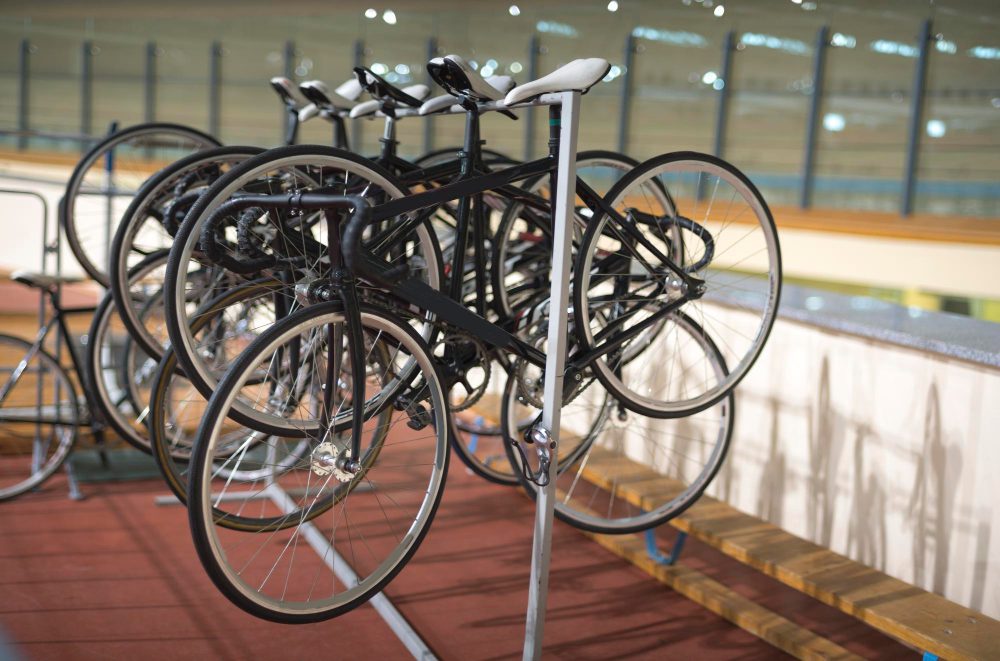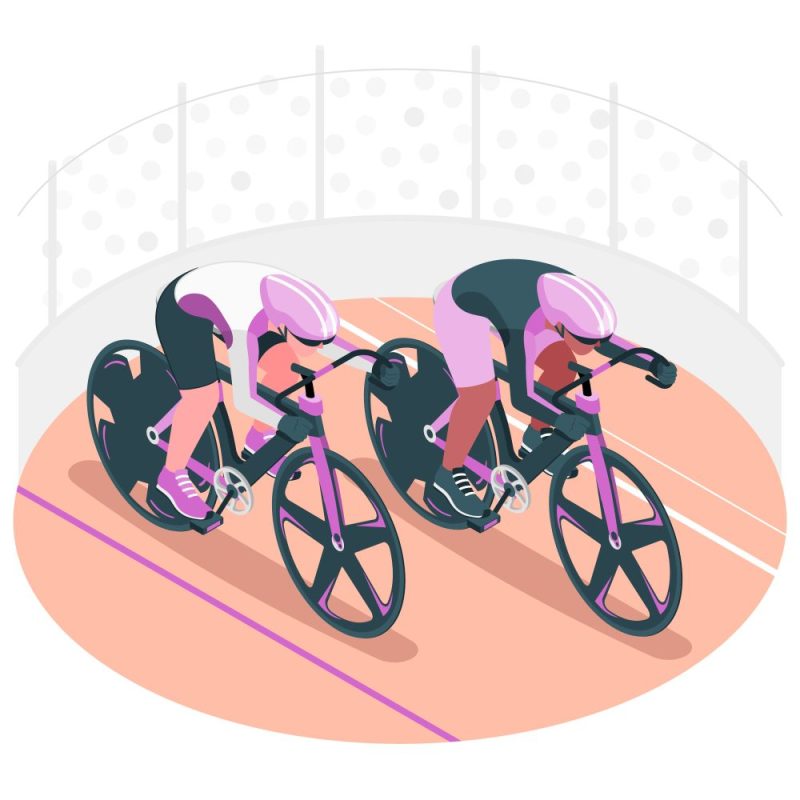Can I put brakes on a track bike?
If you own a track bike or are considering getting one, you may be wondering whether it’s possible to add brakes to it. Track bikes are typically designed and built for racing on velodromes, where braking is unnecessary due to the nature of the track and the style of racing. However, there are situations where having brakes on a track bike can be beneficial or even necessary. In this article, we will explore the topic of adding brakes to a track bike and discuss the various factors you should consider before making a decision.
Why would you want to add brakes?
While track bikes are primarily used for racing, they can also be used for other purposes such as commuting or general riding. In these scenarios, having brakes can provide an added level of safety and control. Brakes can help you navigate through traffic, manage steep descents, or quickly respond to unexpected obstacles. Additionally, if you plan on using your track bike on public roads, it is typically a legal requirement to have at least one functioning brake.
Considerations for adding brakes
Before proceeding with adding brakes to your track bike, there are several important factors to consider:
- Frame compatibility: Not all track bike frames are designed to accommodate brakes. Some frames may lack the necessary mounting points or clearances to install brakes effectively.
- Weight and aerodynamics: Brakes can add weight to your track bike, affecting its overall performance and handling. Additionally, the presence of brake calipers and cables can interfere with the aerodynamics of the bike.
- Riding style: Consider your riding style and the type of terrain you’ll be encountering. If you primarily ride on open roads with traffic or hilly routes, having brakes can provide peace of mind.
- Legal requirements: Check local regulations to see if it is mandatory to have brakes on bicycles used on public roads. In the UK, for example, all bikes are required to have at least one working brake.
Quote: “It’s essential to check whether your track bike frame has the necessary provisions for attaching brakes.” – Cycling Expert
The process of adding brakes
If your track bike is compatible with brakes and you decide to proceed, here’s a general outline of the process:
- Selecting the right components: Choose a suitable brake system, which typically includes brake levers, calipers, cables, and brake pads. It is important to ensure compatibility and quality when selecting these components.
- Installing the brake calipers: Attach the calipers to the frame using the appropriate mounting points. Ensure that they are aligned correctly and securely fastened.
- Installing the brake levers and cables: Fit the brake levers onto the handlebars and route the brake cables through the bike’s cable guides or housing. Adjust the tension and position of the brake levers for optimal performance.
- Adjusting and testing: Once the brakes are installed, make sure they are properly adjusted to provide effective stopping power. Test the brakes in a controlled environment to ensure they function correctly before riding on the road.
Adding brakes to a track bike requires careful consideration and proper installation. If you are unsure about the process or lack experience with bike maintenance, it is advisable to consult a professional bike mechanic to ensure the brakes are added safely and correctly.
In conclusion, while track bikes are traditionally designed without brakes, there are circumstances where adding them can be beneficial or necessary. Evaluate your riding needs, legal requirements, and frame compatibility before making a decision. Remember, safety should always be a priority when it comes to cycling on the road.
Can you stop pedaling on a fixed-gear bike?
Understanding Fixed-Gear Bikes
Fixed-gear bikes, also known as fixies, have become increasingly popular among cyclists. These bikes have a drivetrain that directly connects the pedals to the rear wheel, meaning that whenever the bike is in motion, the pedals are constantly turning. This design feature raises the question: Can you stop pedaling on a fixed-gear bike?
The Science Behind Pedaling
Pedaling on a bicycle is what generates the force required to propel it forward. When you stop pedaling on a regular geared bike, there is no resistance felt because the freewheel mechanism allows the pedals to spin freely without engaging the drive system. However, on a fixed-gear bike, the pedals are always connected to the rear wheel, resulting in a lack of freewheeling capability.
Braking and Slowing Down
While you may not be able to completely stop pedaling on a fixed-gear bike, you can apply various techniques to slow down or control your speed. One method is to resist the forward motion of the pedals by actively pushing against them. This action, known as backpedaling, creates resistance and helps decelerate the bike.
Another effective technique is to use your legs and body weight to apply pressure on the tires to slow down. By shifting your weight backward and squeezing the bike between your thighs, you can increase friction and gradually bring the fixed-gear bike to a stop.
Is It Safe to Stop Pedaling?
Stopping pedaling on a fixed-gear bike can be risky if you are not prepared or accustomed to its unique characteristics. The direct connection between the pedals and the rear wheel means that sudden stops or attempts to stop pedaling abruptly can cause the bike to skid or lose control.
It is crucial to practice and develop the necessary skills and techniques, such as backpedaling and using your body weight to slow down gradually, before attempting to stop pedaling on a fixed-gear bike in challenging situations.
If you are new to fixed-gear cycling, it is recommended to seek guidance from experienced riders or join a cycling club where you can learn and improve your technique.
In summary, while you cannot completely stop pedaling on a fixed-gear bike due to its design, you can utilize effective braking techniques, such as backpedaling and using your body weight to slow down and control your speed. Always prioritize safety and take time to familiarize yourself with the unique characteristics of a fixed-gear bike before attempting any advanced maneuvers.
What are bikes with no brakes called?
Bikes with no brakes, commonly known as fixie bikes or fixed-gear bicycles, have gained popularity in recent years. These unique bikes originated from track cycling and have become a popular choice for urban commuting and hipster culture. Unlike traditional bicycles, fixie bikes do not have freewheel mechanisms or multiple gears. Instead, they have a direct drive system, where the motion of the pedals directly drives the rear wheel.
Fixie bikes offer several advantages:
- Simple and low-maintenance design
- A more connected riding experience
- Increased control and maneuverability
- Bike weight reduction due to the absence of brakes and gears
However, riding a fixie bike requires a different approach:
- You should constantly pedal while riding, as the bike doesn’t allow coasting
- Braking is achieved by using the resistance of the pedals or applying pressure against the motion of the pedals
- Advanced riding skills are necessary to handle skidding and stopping
If you’re considering purchasing a fixie bike, it’s essential to ensure your safety. Helmet usage, proper maintenance, and understanding the limitations of this type of bike are crucial.
“Riding a fixie bike can be an exhilarating experience. It offers a unique connection between the rider and the road, but it requires attention and skill.” – Cycling Enthusiast
Some fixie bikes come with front brakes, combining the best of both worlds: the simplicity of a fixed gear and the added safety of brakes. These models are popular for riders who want the freedom of a fixie bike while maintaining the ability to stop quickly when needed.



